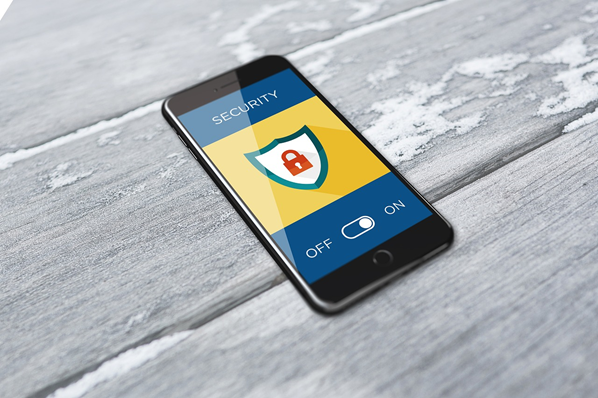These days, millions of consumers around the world are having lots of fun kitting out their places with smart home gadgets such as internet-connected lighting, appliances, entertainment systems, security and for more read this article. The huge growth in the smart home industry has seen product ranges increase while prices become more affordable, which is a good thing for buyers.
However, it’s also important to understand that the booming smart home industry has caught the attention of cybercriminals, too. Now, knowing that so many people have internet-connected devices in their homes, hackers are using this to break into properties and to steal information and even physical goods, at times.
To protect yourself from this kind of threat, there are a variety of steps you can take. Read on for some simple yet effective things you can do today to keep cybercriminals at bay.
Buy Decent Brands
You can start being proactive right at the time when you actually buy your devices. On top of looking at prices and features of products, consider the brands they’re made by, too. There are hundreds of different designs available in each type of gadget these days, but when it comes to protecting yourself from hackers, the tried-and-true brands with a trusted name tend to be a wise choice.
Established manufacturers usually have a big focus on security when they design and build their products. They also typically look for security gaps more regularly and will release more security updates to keep items secure, too.
Protect Your Wi-Fi Connection From Prying Eyes
Remember that it’s not just your devices you have to protect but also any avenue hackers might use to get into them. So, for example, it’s important to protect your Wi-Fi connection. Smart gadgets are always connected to the internet, in order to do their job, but if your wireless network is unsecured, this can leave a way for cybercriminals to gain access.
Prevent this from happening by putting a hard-to-crack username and password on your modem. The code you use shouldn’t relate at all to information that’s in the public domain, such as the names of your kids, pets or business, your lucky numbers, address, birth date and the like. In addition, make sure your password is made up of at least eight characters. There should be a combination, in your code, of symbols, letters (upper case and lower case) and numbers.
Change the ID Settings on Your Gear
Next, once you get your products home, don’t forget to change the ID settings that come pre-installed on them. Manufacturers have standard ID names and passwords they put on their devices time after time, which are public knowledge (i.e. they’re easily found on websites/forums etc.).
This means hackers can find out the information with little effort and will, therefore, know how to access your smart home products if you don’t change the settings. Product manufacturers usually always detail how to make these updates in the manuals that come with goods, so look there for instructions on how to make the change.
Install Quality Security Software
It’s vital to install quality security software on the various devices you use to control your smart home products, via apps. This covers things like your smartphone, laptop, and tablet. Cybercriminals may break into these devices if they’re not secure, and from there find ways into your smart home gadgets. Once they get this kind of access, they might end up using the tech to unlock your front door or open your garage and/or turn off security cameras or alarm systems.
Protect yourself from this outcome by installing quality security software on the relevant devices you use to control your smart home goods. Choose a comprehensive product that will protect you against a range of hacker threats, such as spyware, spam, malware, and ransomware. You’ll also need to get antivirus protection.
Run Regular Updates
Lastly, to stay safe from cybercriminals hacking into your home’s internet-connected devices, run regular updates on relevant tech. For example, update the security software and firewalls you use, the passwords you implement across the boar, and the firmware, software and drivers on your computers and smart home gadgets.
This is necessary because security gaps pop up over time. Manufacturers know this and create fixes for issues and then release updates which ensure maximum security. However, if you don’t install these updates on your products, you won’t be as protected as you could be.
Be on the lookout for available updates every month, and always check new smart home products for potential updates when you get them home, as you don’t know how long they may have been sitting in a warehouse or store gathering dust.

